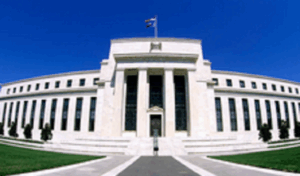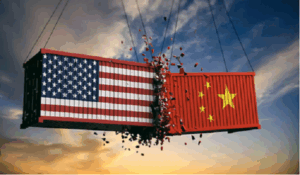‘Each one comes with its own complexities’: U.S. puts drug tariffs on the table, threatening entire supply chains
The White House has launched a national-security investigation into the entire pharmaceutical supply chain, which threatens to widen potential tariffs to include billions of dollars of Canadian exports of medical ingredients.
On Monday, the U.S. Department of Commerce filed notice that it would examine U.S. imports of pharmaceuticals and pharmaceutical ingredients, one of a few key sectors that are being targeted by the Trump administration’s protectionism policies. Pharmaceuticals are one of the biggest U.S. imports, along with automobiles and electronics, which are also being threatened with tariffs.
The United States also launched a separate investigation into the country’s reliance on foreign imports of semiconductors, also known as chips.
The notice’s inclusion of pharmaceutical ingredients means that the more than $7-billion worth of Canadian pharmaceutical exports to the U.S. could be hit by tariffs, and not just the estimated $3-billion value of finished products.
Generics are likely to be hit hard, as they make up more than 90 per cent of prescriptions dispensed in the U.S. Canada is home to some major generic drugmakers, including Apotex and Pharmascience.
U.S. President Donald Trump has floated tariffs as a way to on-shore more drug production. The lion’s share of U.S. drug imports come from China and India. For example, data from the industry non-profit U.S. Pharmacopeia suggest that India produces half of all active pharmaceutical ingredients that go into drugs that finish manufacturing in the U.S., with China producing 32 per cent and the U.S. just 4 per cent.
Moving the entire supply chain of all pharmaceutical production into the U.S. would be nearly impossible, said Mina Tadrous, a Canada Research Chair in real world evidence and pharmaceutical policy at the University of Toronto.
“There’s 3,000 or more active ingredients in drugs in the United States, across 15,000-plus unique products,” he said. “Each one comes with its own complexities, its own supply chains.”
He said there are three key points in drug production, each of which usually takes place in different facilities. The first is production of the active pharmaceutical ingredient, the chemical in the drug that causes a health effect. The second stage is when those ingredients are prepared into their delivery forms, such as a pill, cream or solution in an IV bag. The third stage is bottling, in which packages are made that must conform with local laws, such as requirements for English and French directions in Canada.
“It’s quite a journey, and most of this journey is happening across multiple countries,” he said, with different jurisdictions specializing in different products.
Tariffs can disrupt supply chains and lead to drug shortages. A team of researchers that included Prof. Tadrous recently published a peer-reviewed study of Canadian drug exports to the U.S. that showed dozens of commonly used medicines – including antibiotics and antidepressants – could have supplies disrupted by tariffs.
Terry Creighton, a former executive at Teva Pharmaceuticals who now heads the Canadian Pharmaceutical Manufacturers and Exporters Alliance, said that medicine has traditionally been exempt from tariffs because of the risks to public health.
Her organization – which wrote to the Office of the United States Trade Representative last month arguing against tariffs on pharmaceuticals – said it is trying to make the case that if national security is a concern, Canada is a much safer supplier of medications than other countries.
“By cutting off supplies of medicines from Canada, the U.S. would make itself more dependent on China and other adversarial countries,” she said.
Both pharmaceuticals and computer chips have so far been exempt from country-based tariffs. But over the weekend, U.S. Commerce Secretary Howard Lutnick said the chip exemption was temporary and that chip tariffs would likely come “in a month or two.”
Gord Harling, president and chief executive officer of not-for-profit CMC Microsystems, said he thought the national-security nature of the investigation was just a pretense. “I think they’re trying to use it as a justification and keep everybody nervous.”
U.S. companies import the majority of their chips from overseas, in particular from Southeast Asia. Most of these advanced chips can’t yet be profitably manufactured elsewhere, which means that U.S. companies such as Tesla Inc., Nvidia Corp. and Advanced Micro Devices Inc. will have no choice but to pay the tariffs, likely passing costs on to consumers.
Some chips do cross the Canadian border and could become entangled by tariffs. IBM Canada, for instance, assembles, tests and packages chips for export at its Bromont, Que., facility. In an e-mail, the company declined to comment on whether it was considering moving its operations south of the border.
In general, however, Canada imports more chips than it exports, meaning that a Canadian retaliatory tariff on chips could be harmful to Canadian business, Mr. Harling added.
This article was first reported by The Globe and Mail














